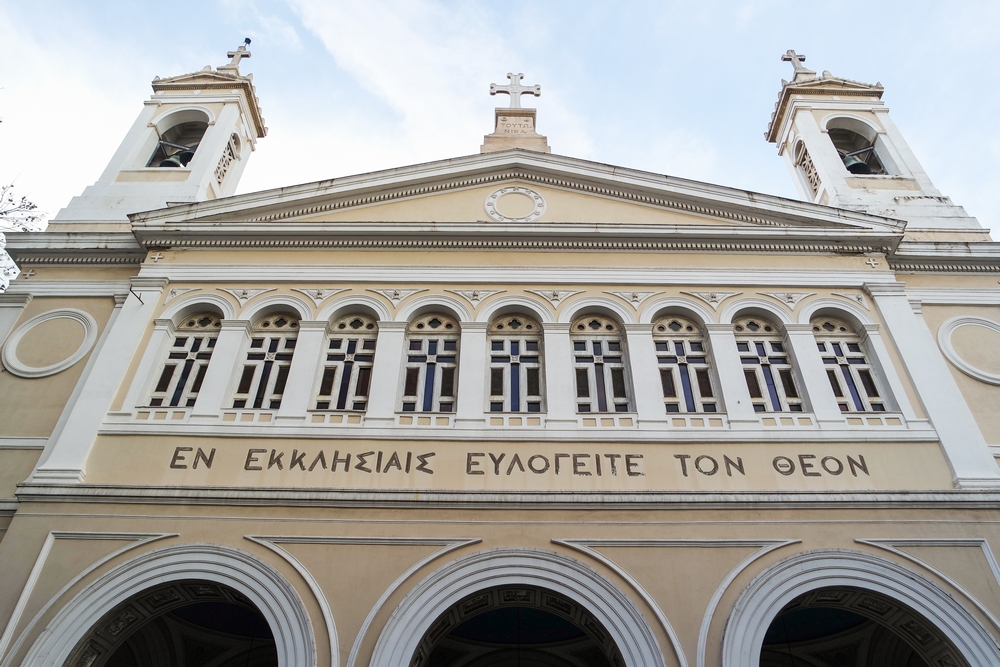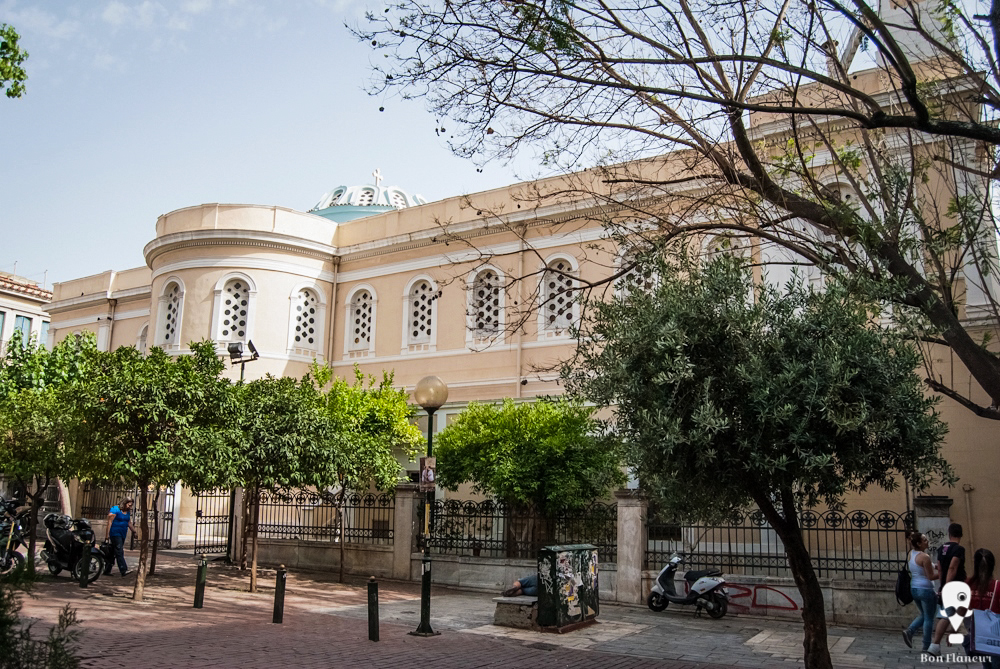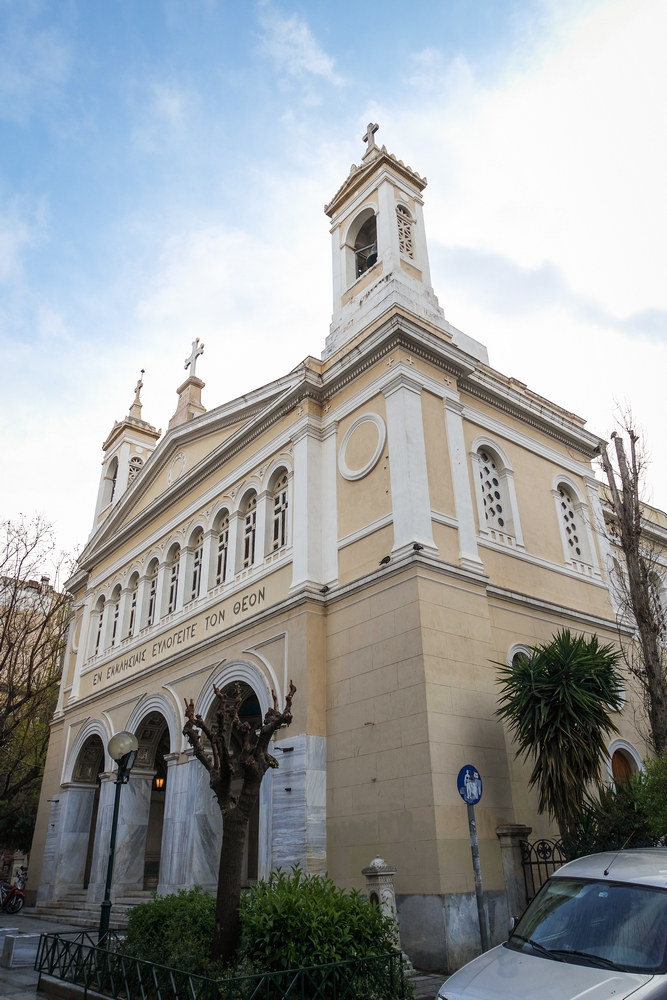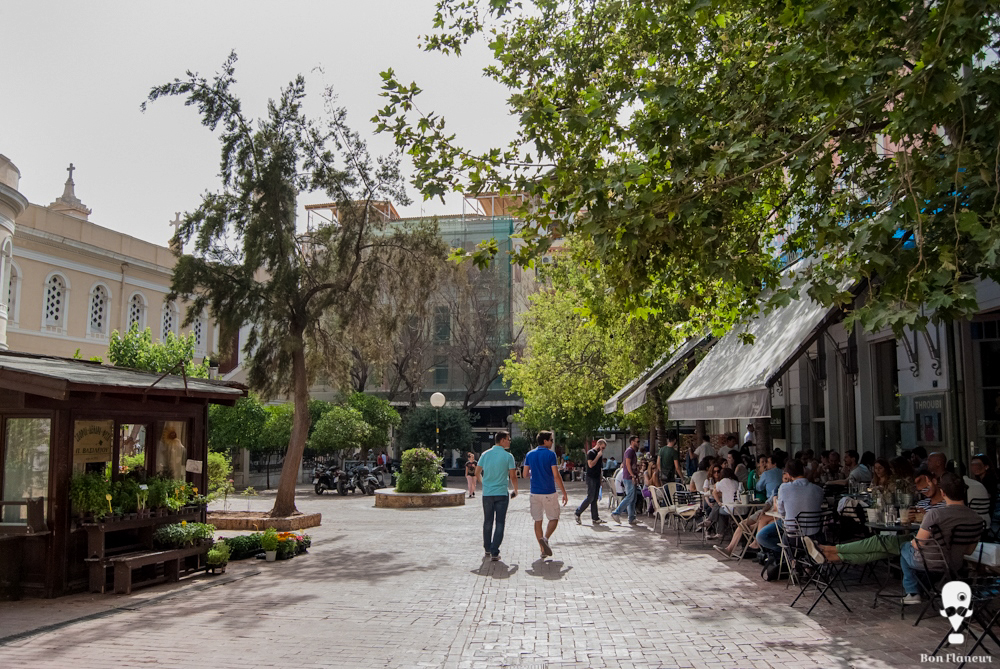Agia Irini
The church of Agia Irini is one of the most important in the city and the homonymous square is one of the most popular.
Location
Timeline
Modern and Contemporary era (1821 - )
1846 Beginning of the construction works, based upon the architectural design of Lyssandros Kaftanzoglou.
1879 Construction works intensified.
1892 Completion of the construction.
1995 Beginning of the restoration works, based on the architectural design of Asimina Boulamaki - Thomopoulou.







Share